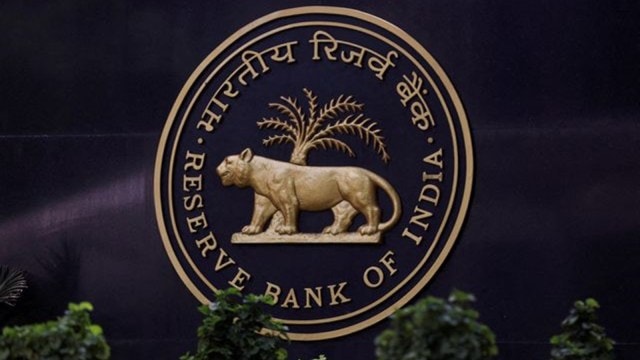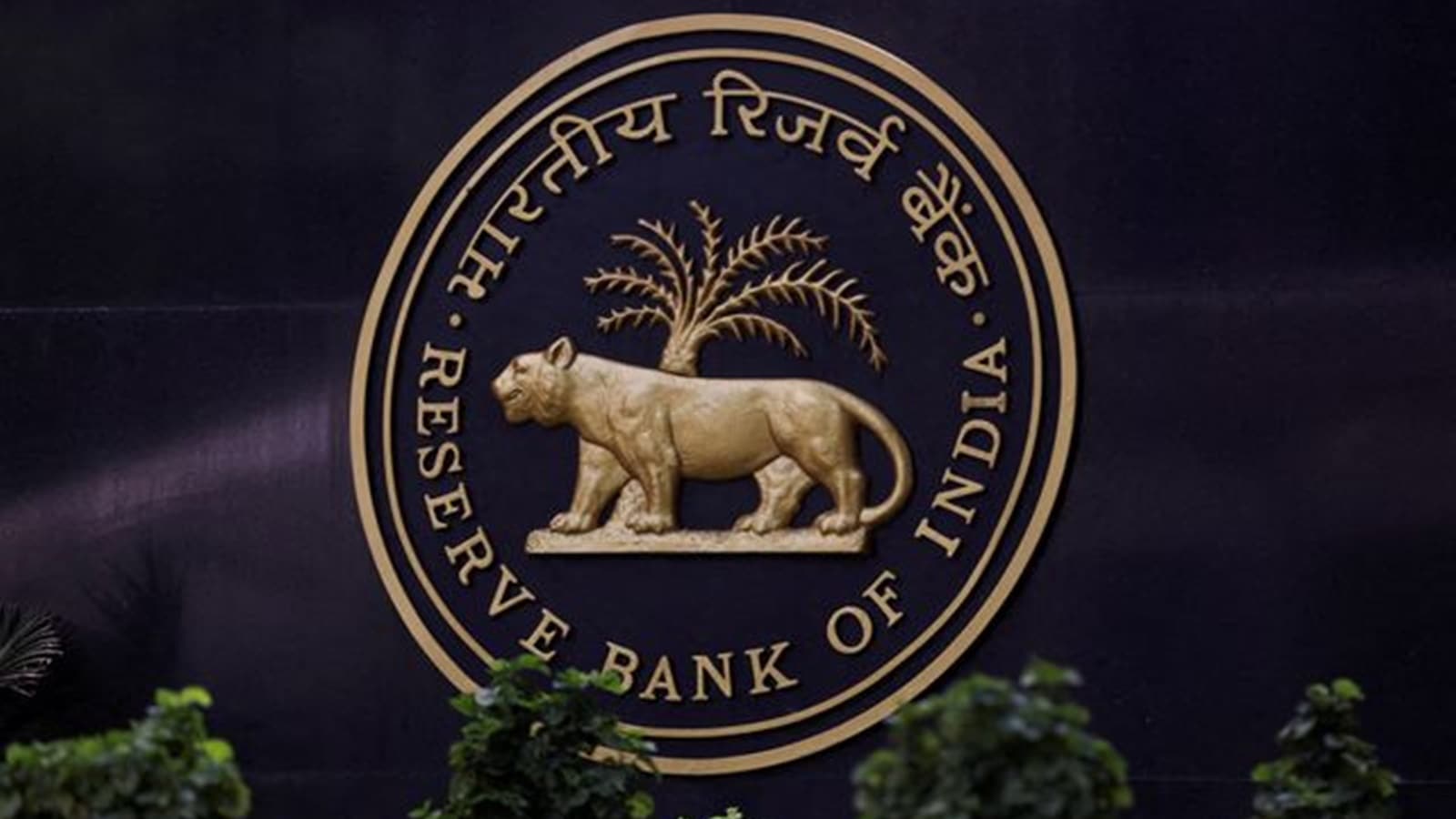

Feb 25, 2025 16:18 IST First published on: Feb 25, 2025 at 16:06 IST
Written by Madan Sabnavis
The RBI has already started on the path of cutting the repo rate. The assumption is that inflation is very much under control. The repo rate has been cut once in February and it is expected that there could be two more cuts this year. But the problem is of liquidity — the banking system has been in a deficit for a protracted period of time. This situation is likely to persist till the end of March. The challenge really is that interest rate cuts may not lead to easy transmission unless liquidity is normalised. Therefore, simultaneously, the RBI has been focusing on enhancing liquidity in the system.
Story continues below this ad
The framework introduced since 2020 looks at three major instruments for inducing liquidity into the system. These are open market operations, variable rate repo auctions (for different tenures) and forex buy-sell swaps. The first two are well known measures which have been used in the past too. Open market operations involve buying government securities from banks. The VRR auctions give money to banks for fixed tenures on the back of government securities as collateral. The swap is the new concept being used when conditions are quite uncertain in the forex market.
The RBI will be holding a buy-sell swap for $10 billion on February 28 for which dollars would have to be handed over to the RBI on March 6 by successful bidders. The swap is for a period of three years which means that the redemption takes place on March 6, 2028. In simple language, on February 28 there will be an auction for $10 billion where the RBI will buy dollars from banks at a premium to be decided by the market. Under the terms of this bid, banks can sell to the RBI at the prevailing price on the 28th and receive the rupee equivalent on March 6. On March 6, 2028, the banks will have to buy back the dollars from the RBI by paying in rupees along with the premium.
The RBI had conducted one such swap on a similar basis on January 28 for $5 billion. The RBI reference rate was Rs 86.64/$ and the premium was 97 paise. The transaction would be reversed after six months on August 4. Intuitively, if the rupee remains stable during this period, banks will be better off as the cost would work out to just 1.1 per cent.
Story continues below this ad
In the past, the RBI has used swaps mainly for inducing dollars into the system which involved selling dollars and then buying them back after the agreed period. The reverse is now being undertaken as the target is to infuse liquidity against the objective of providing dollars. With these two auctions of $15 billion, the RBI would have induced Rs 1.30 lakh crore into the system. This is quite substantial. This is a third window being used by the RBI which will work out to be cheaper for banks. It is not surprising that in the earlier auction for $5 billion, the bids received were around $26 billion.
most read
The significant part of the $10 billion auction is that the buy-back by banks would take place after three years. Thus, while it has stretched the repayment period, it will again be carried out in March. March is a different kind of month in terms of liquidity as it typically tends to get sticky especially as the advance tax payments are due on March 15 and there is the usual rush to push credit by banks to meet their targets. Besides these two factors, GST payments too would tend to increase. Therefore, paying the RBI the rupee equivalent of $10 billion along with the premium after three years in March would be something to consider for banks.
It can be assumed that the RBI will continue to use all these three windows besides the overnight repo auctions (which were resurrected recently) to provide liquidity. The forex swap would fall between a permanent infusion which is what open market operations do and VRRs which are short term in nature. This is a fine blend.
The writer is Chief Economist, Bank of Baroda and author of: Corporate Quirks: The darker side of the sun. Views are personal


